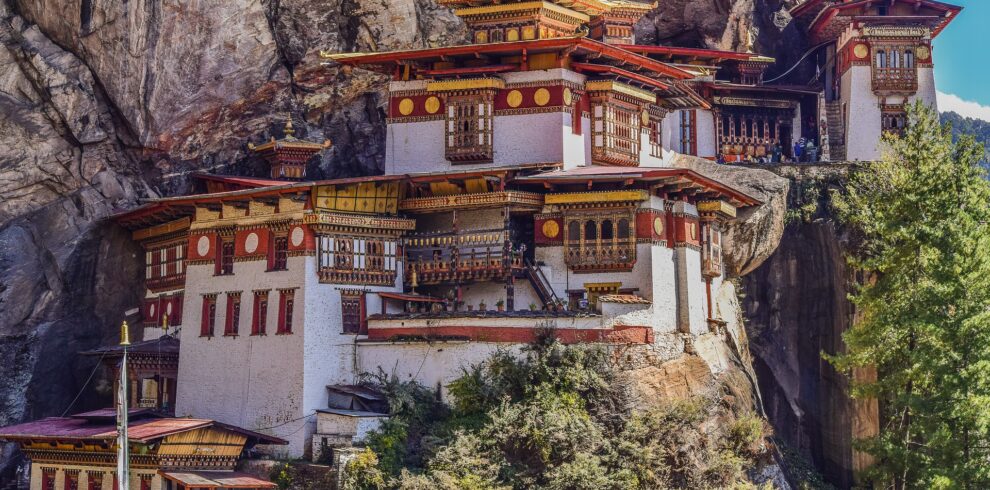- 11
- 5
- 3
- 1
- 1
- 1
- 2
- 1

- Jan
- Feb
- Mar
- Apr
- May
- Jun
- Jul
- Aug
- Sep
- Oct
- Nov
- Dec
Travel and Tour WordPress Theme
Travel and Tour WordPress Theme


Bhutan is a landlocked country in South Asia. Located in the Eastern Himalayas, it is bordered by Tibet Autonomous Region of China in the north, India in the south, the Sikkim state of India and the Chumbi Valley of Tibet in the west, and Arunachal Pradesh state of India in the east and Assam in the south. Bhutan is geopolitically in South Asia and is the region’s second least populous nation after the Maldives. Thimphu is its capital and largest city, while Phuntsholing is its financial center.

The independence of Bhutan has endured for centuries, and the territory was never colonized in its history. Situated on the ancient Silk Road between Tibet, the Indian subcontinent and Southeast Asia, the Bhutanese state developed a distinct national identity based on Buddhism. Headed by a spiritual leader known as the Zhabdrung Rinpoche, the territory was composed of many fiefdoms and governed as a Buddhist theocracy. Following a civil war in the 19th century, the House of Wangchuck reunited the country and established relations with the British Empire.
Bhutan fostered a strategic partnership with India during the rise of Chinese communism and has a disputed border with the People’s Republic of China. In 2008, it transitioned from an absolute monarchy to a constitutional monarchy and held the first election to the National Assembly of Bhutan, that has a two-party system characterizing Bhutanese democracy.
The precise etymology of “Bhutan” is unknown, although it is likely to derive from the Tibetan endonym “Böd” for Tibet. Traditionally, it is taken to be a transcription of the Sanskrit Bhoṭa-anta “end of Tibet”, a reference to Bhutan’s position as the southern extremity of the Tibetan plateau and culture.
Since the 17th century Bhutan’s official name has been Druk yul (country of the Drukpa Lineage, the Dragon People, or the Land of the Thunder Dragon, a reference to the country’s dominant Buddhist sect); “Bhutan” appears only in English-language official correspondence.
Stone tools, weapons, elephants, and remnants of large stone structures provide evidence that Bhutan was inhabited as early as 2000 BC, although there are no existing records from that time. Historians have theorized that the state of Lhomon (literally, “southern darkness”), or Monyul (“Dark Land”, a reference to the Monpa, the aboriginal peoples of Bhutan) may have existed between 500 BC and AD 600. The names Lhomon Tsendenjong (Sandalwood Country), and Lhomon Khashi, or Southern Mon (country of four approaches), have been found in ancient Bhutanese and Tibetan chronicles.
Buddhism was first introduced to Bhutan in the 7th century AD. Tibetan king Songtsän Gamp (reigned 627–649), a convert to Buddhism, who actually had extended the Tibetan Empire into Sikkim and Bhutan, ordered the construction of two Buddhist temples, at Bumthang in central Bhutan and at Kyichu (near Paro) in the Paro Valley. Buddhism was propagated in earnest in 746 under King Sindhu Rāja (also Künjom; Sendha Gyab; Chakhar Gyalpo), an exiled Indian king who had established a government in Bumthang at Chakhar Gutho Palace.